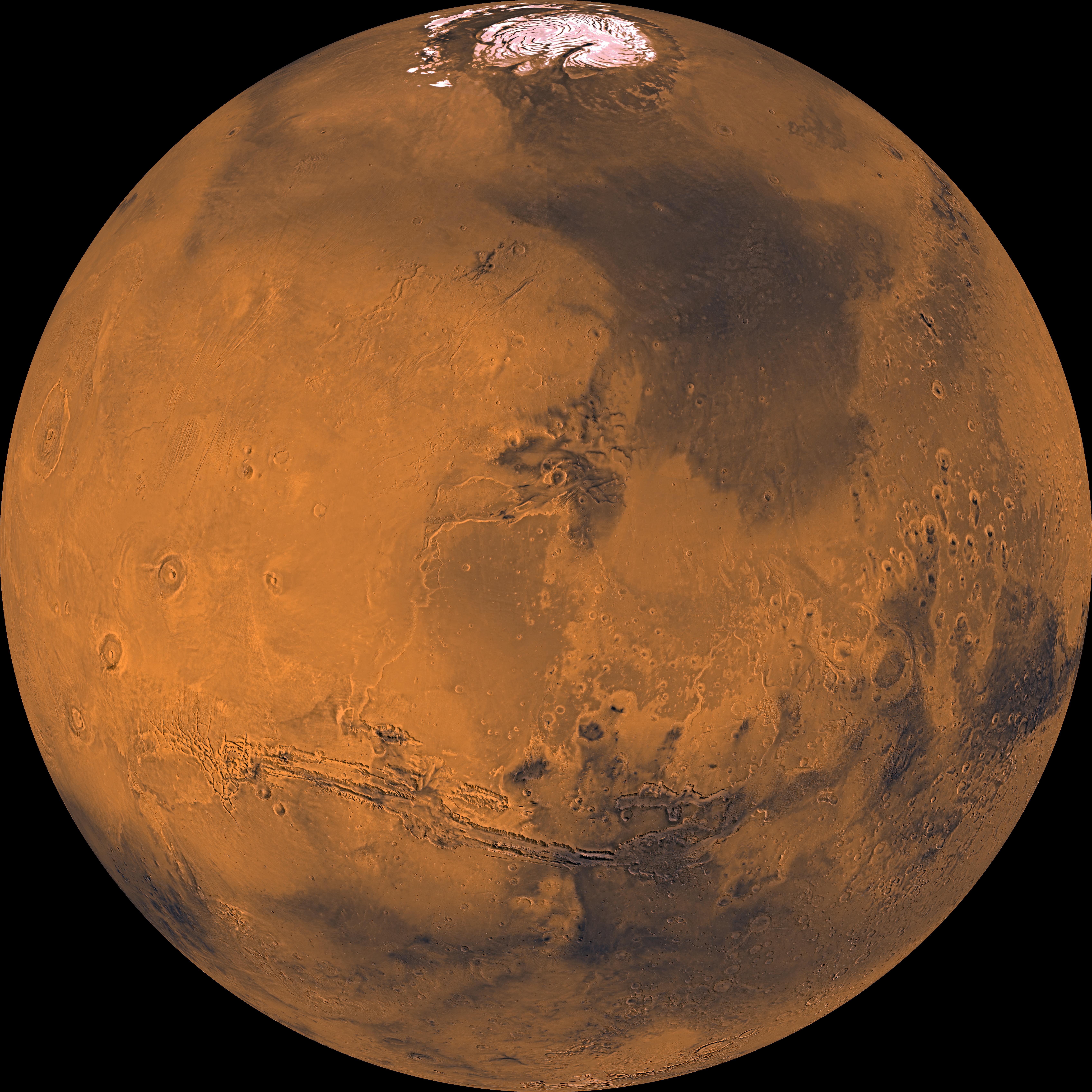NASA Eyeing New Mars Orbiter Mission

NASA is considering launching another orbiter to Mars in the next decade.
The space agency is asking American companies to suggest design ideas for the possible robotic Mars orbiter. Launching in the 2020s, it would capture high-resolution imagery and provide increased data-relay capabilities from surface vehicles back to mission control on Earth.
"Our success in exploring Mars, to unravel the mysteries of the Red Planet, depends on having high-bandwidth communication with Earth and overhead imaging," former astronaut John Grunsfeld, associate administrator of NASA's Science Mission Directorate in Washington, D.C., said in a statement. [Occupy Mars: History of Robotic Red Planet Missions (Infographic)]
"Currently, we depend on our orbiting science missions to perform dual service in making measurements and acting as communication relays, but we can't depend on them to last forever," Grunsfeld added. "This new orbiter will use cutting-edge technology to revitalize our ability to continue to explore Mars and support transformative science, including a potential sample-return mission in the future."
NASA currently has three operational spacecraft in orbit around Mars: Mars Odyssey, which launched in 2001; the Mars Reconnaissance Orbiter (MRO), which lifted off in 2005; and MAVEN (short for Mars Atmosphere and Volatile Evolution), which headed toward the Red Planet in 2013.
The space agency plans to award $400,000 design-study subcontracts for the new orbiter in June; these studies would be completed four months later, NASA officials said.
The new orbiter would add to an already bustling fleet of robotic Mars spacecraft. Odyssey, MRO and MAVEN are joined in orbit by Europe's Mars Express spacecraft and India's Mangalyaan probe, and NASA's Opportunity and Curiosity rover are trundling across the Red Planet's surface.
Breaking space news, the latest updates on rocket launches, skywatching events and more!
The first phase of the European-Russian ExoMars mission launched last month, blasting the Trace Gas Orbiter and a landing demonstrator toward the planet; phase two will launch a life-hunting Mars rover in 2018, if current schedules hold.
And NASA will launch the InSight lander to probe Mars' interior structure in 2018, and a life-hunting, sample-caching rover in 2020. The space agency said it aims to bring the 2020 Mars rover's samples back to Earth for analysis at some point, though there is no mission on the books that will do this.
And that's just the robotic side of things. NASA also aims to get astronauts to the vicinity of Mars by the end of the 2030s. This ambitious effort will require considerable international cooperation, agency officials have said.
Follow Mike Wall on Twitter @michaeldwall and Google+. Follow us @Spacedotcom, Facebook or Google+. Originally published on Space.com.

Michael Wall is a Senior Space Writer with Space.com and joined the team in 2010. He primarily covers exoplanets, spaceflight and military space, but has been known to dabble in the space art beat. His book about the search for alien life, "Out There," was published on Nov. 13, 2018. Before becoming a science writer, Michael worked as a herpetologist and wildlife biologist. He has a Ph.D. in evolutionary biology from the University of Sydney, Australia, a bachelor's degree from the University of Arizona, and a graduate certificate in science writing from the University of California, Santa Cruz. To find out what his latest project is, you can follow Michael on Twitter.

